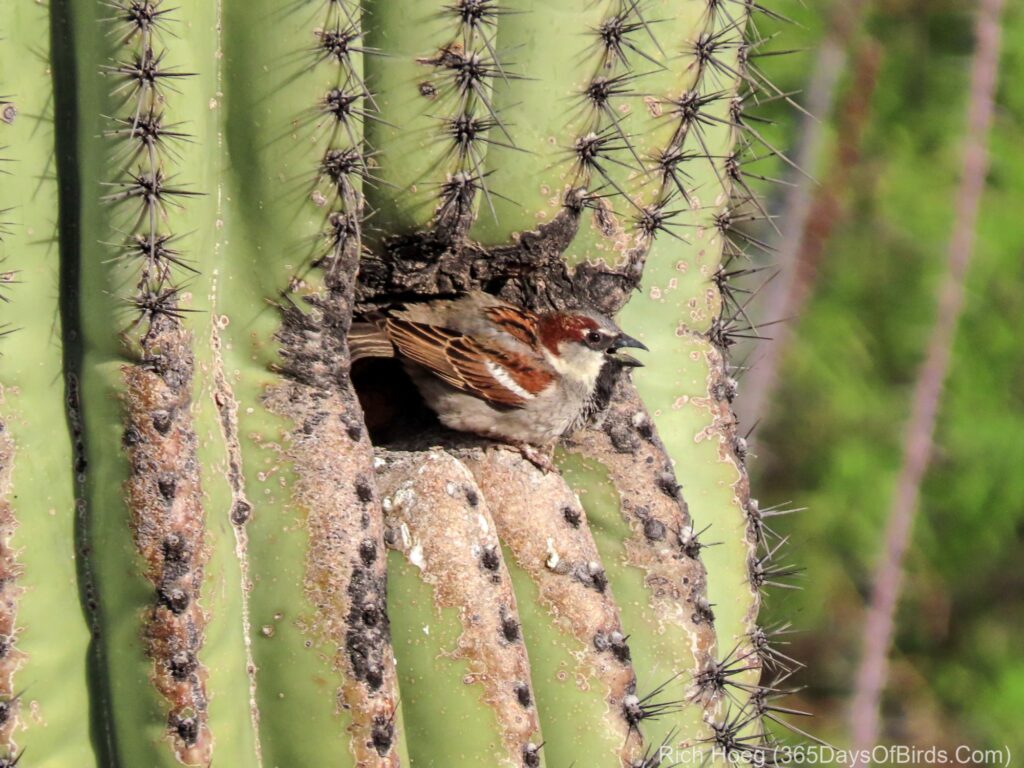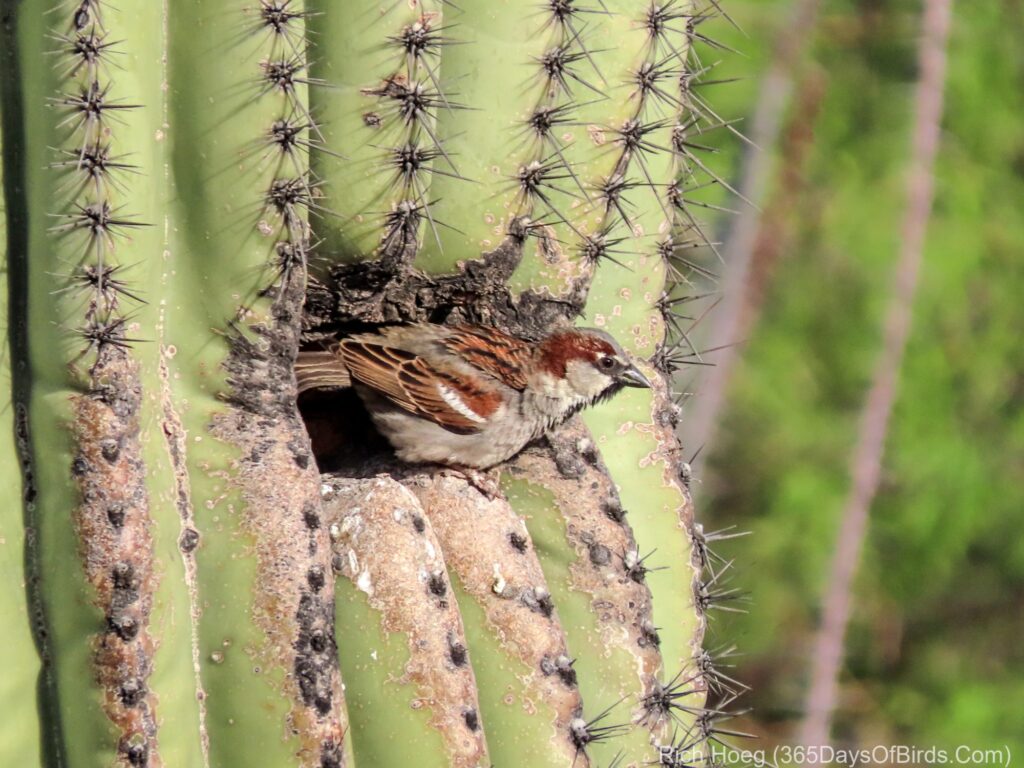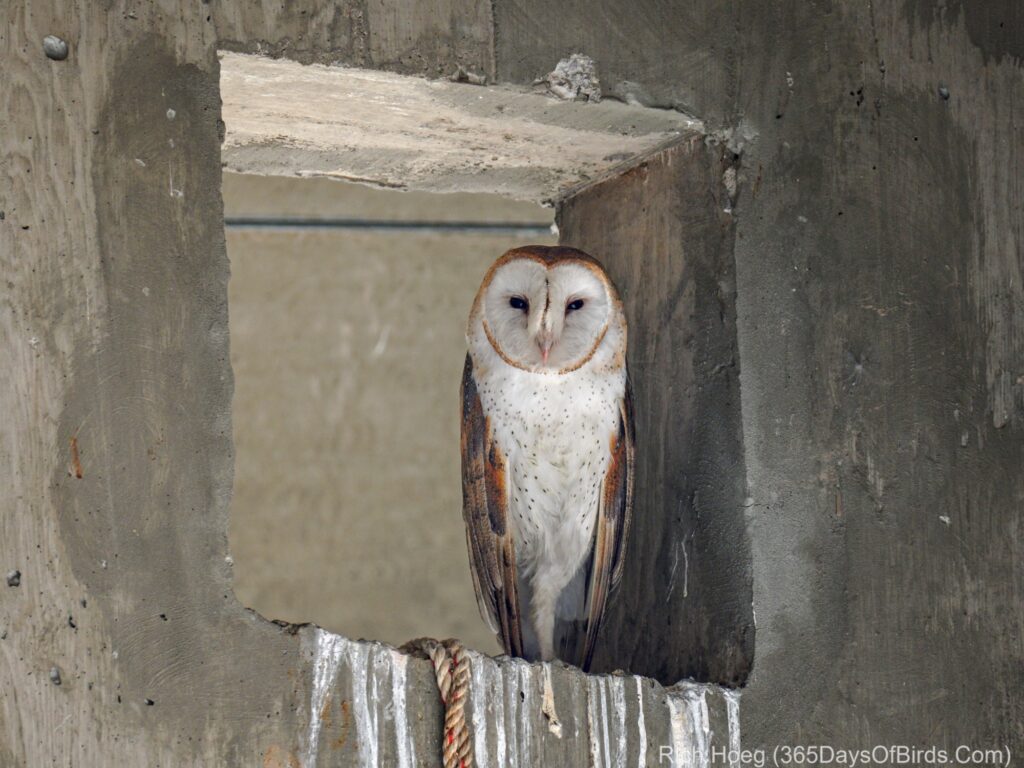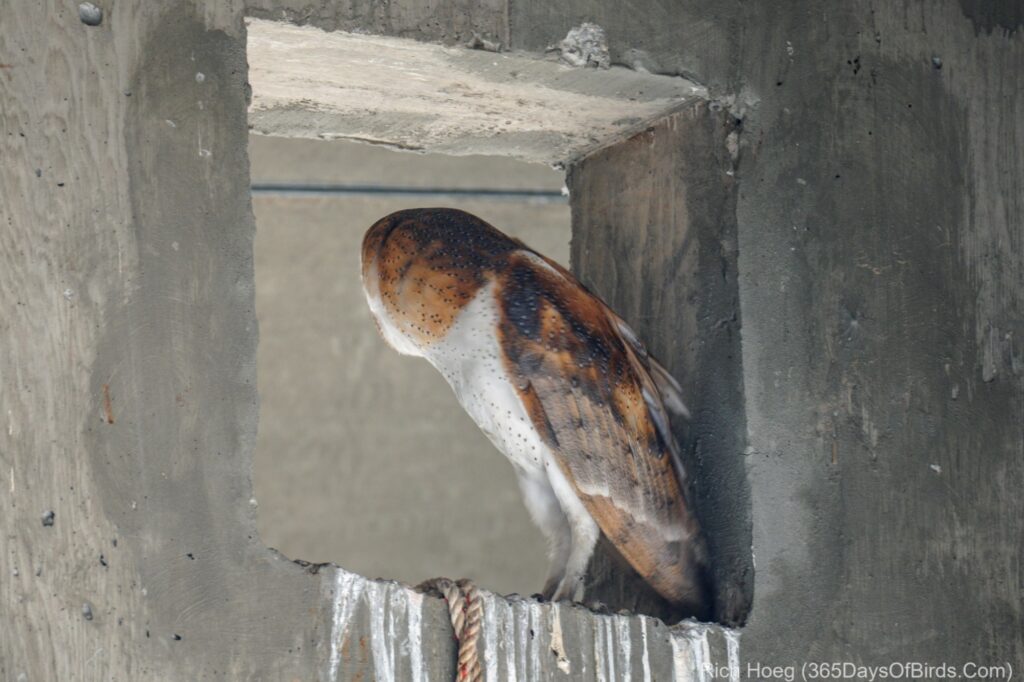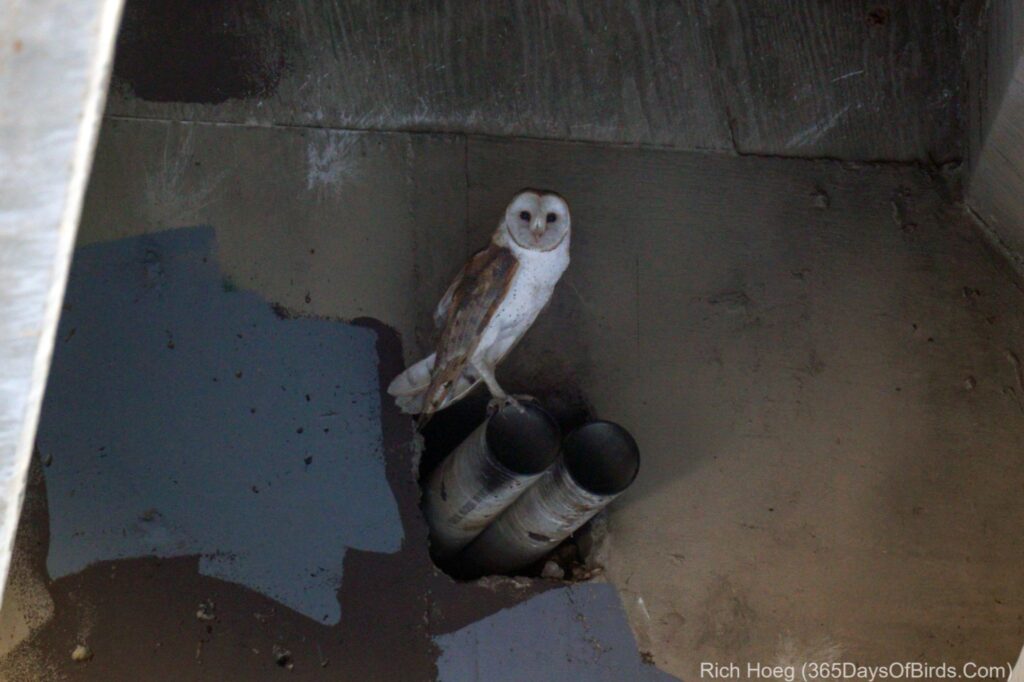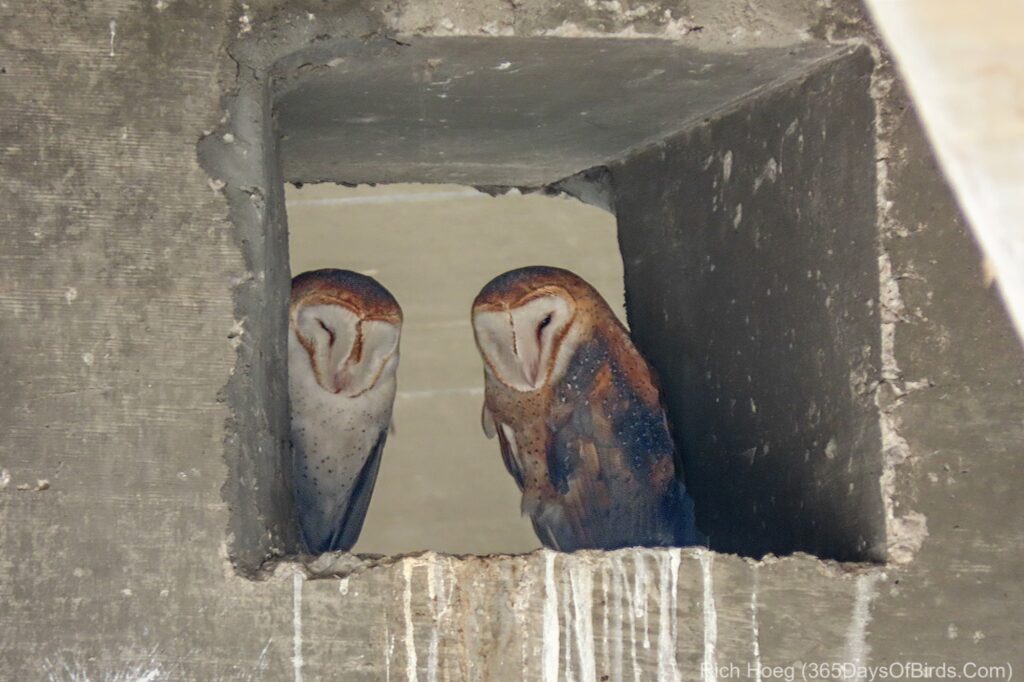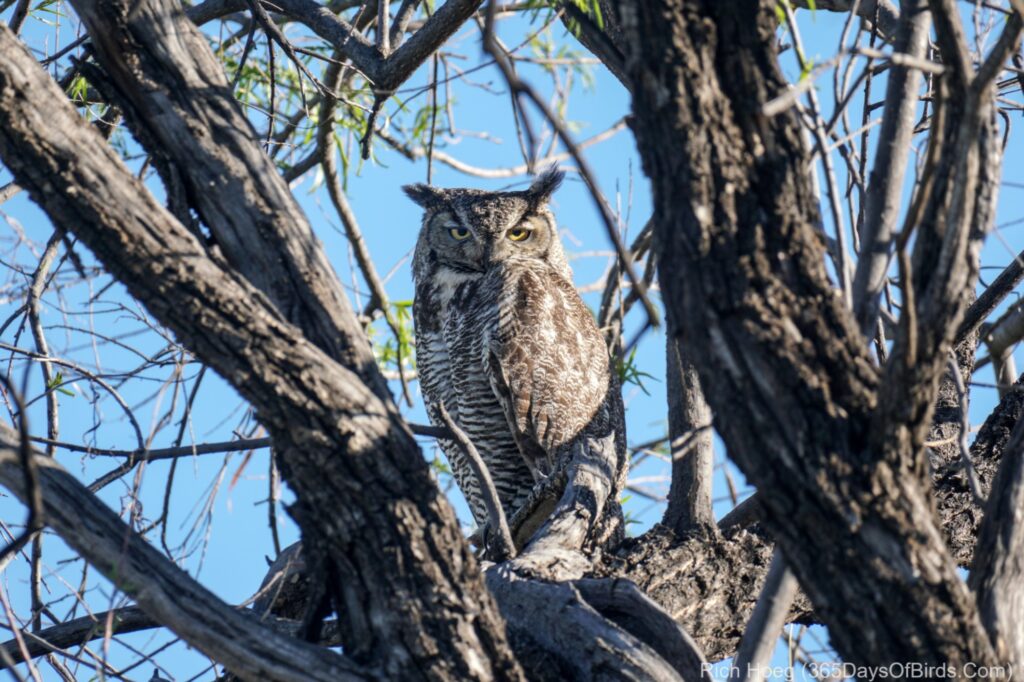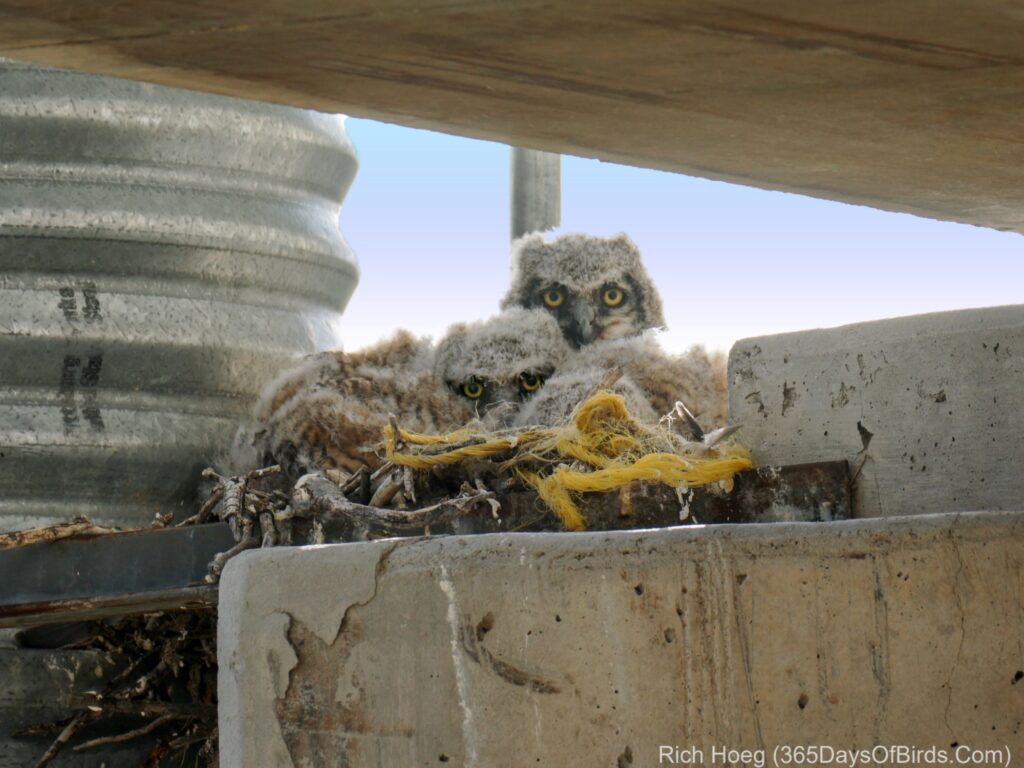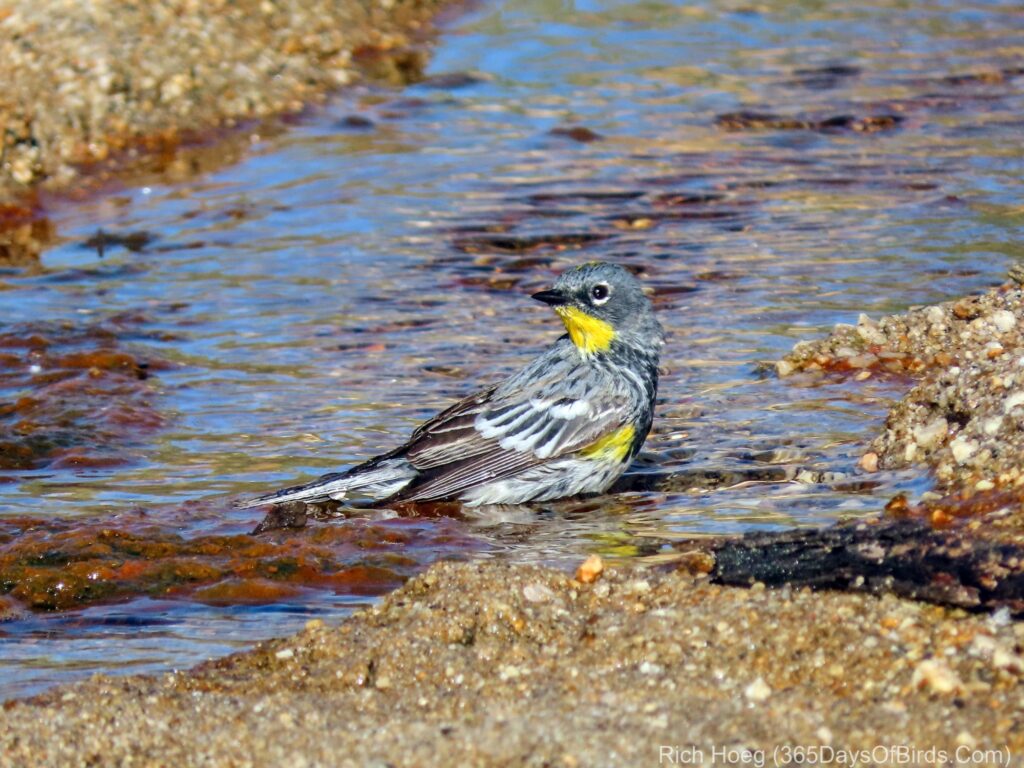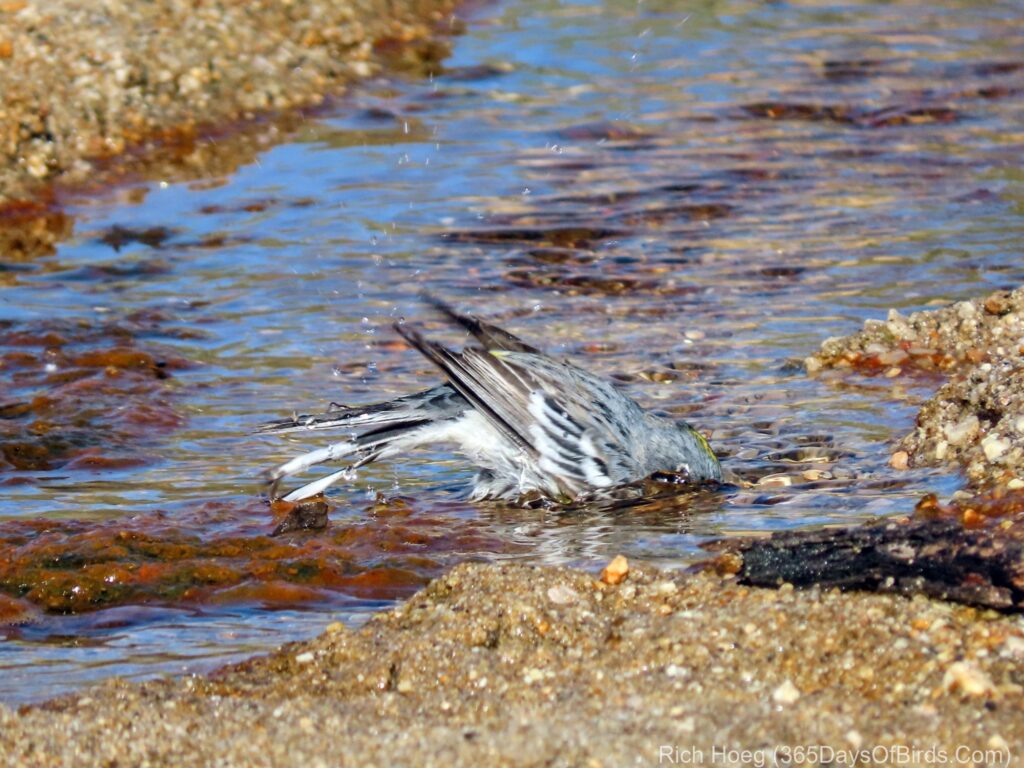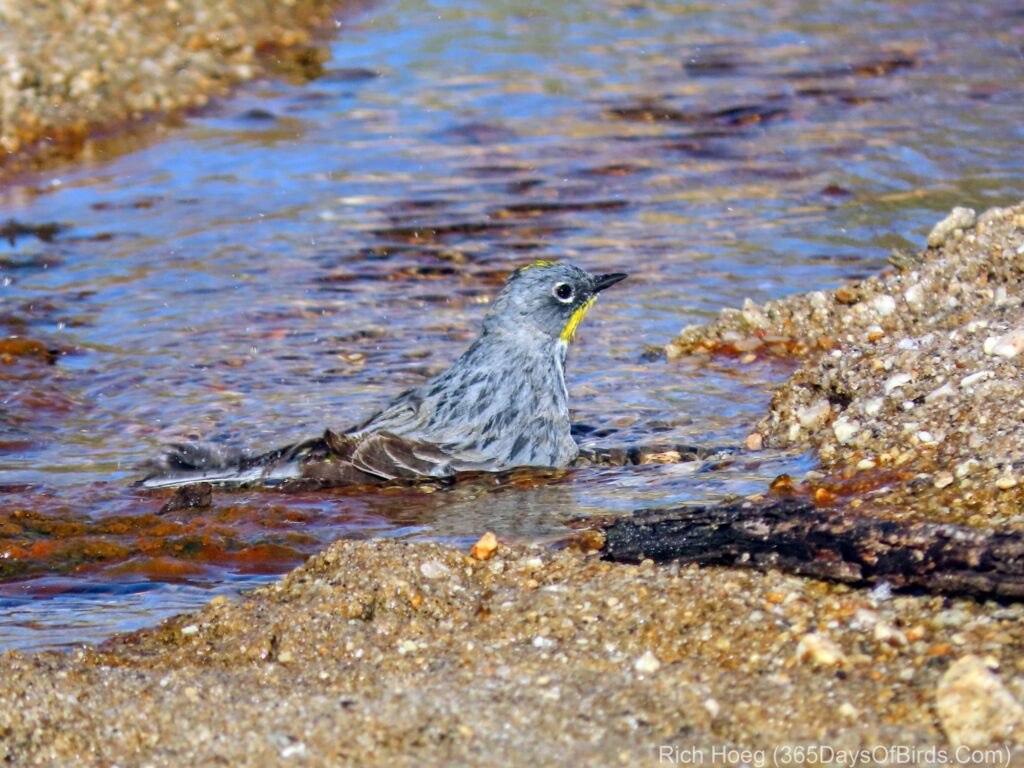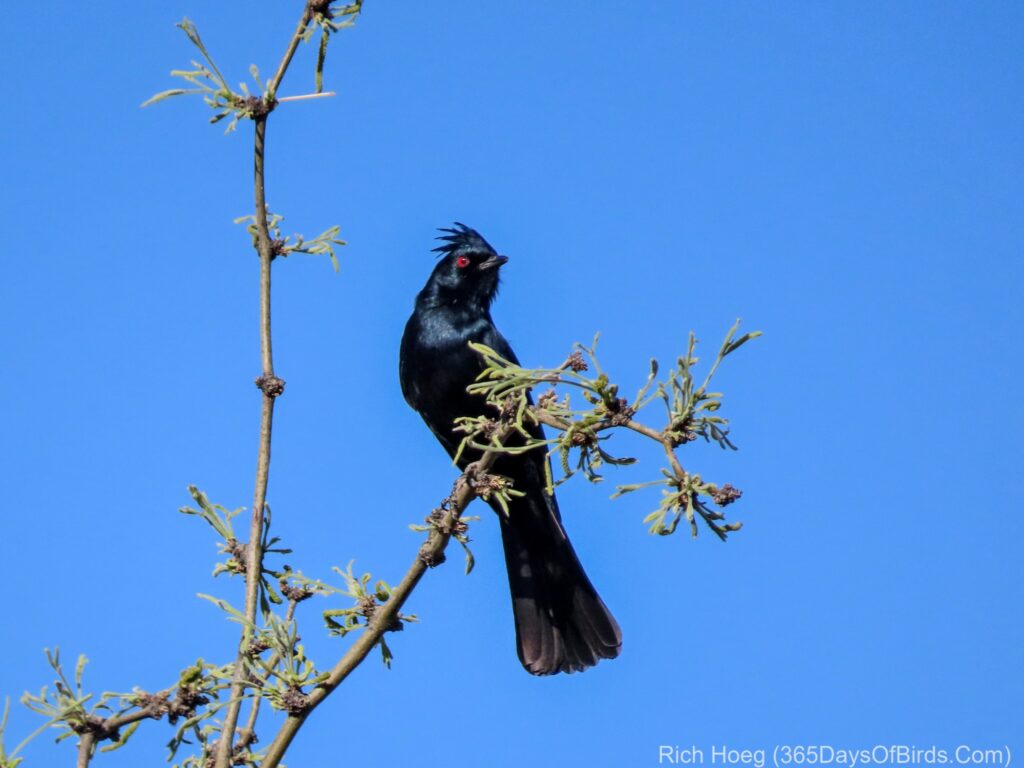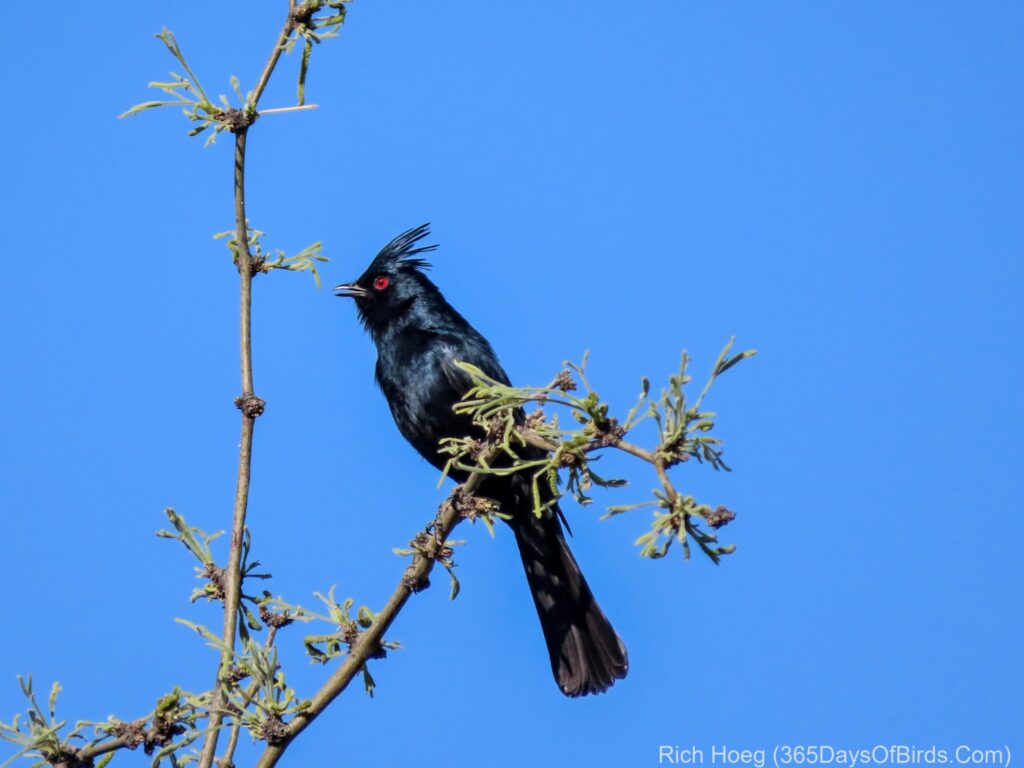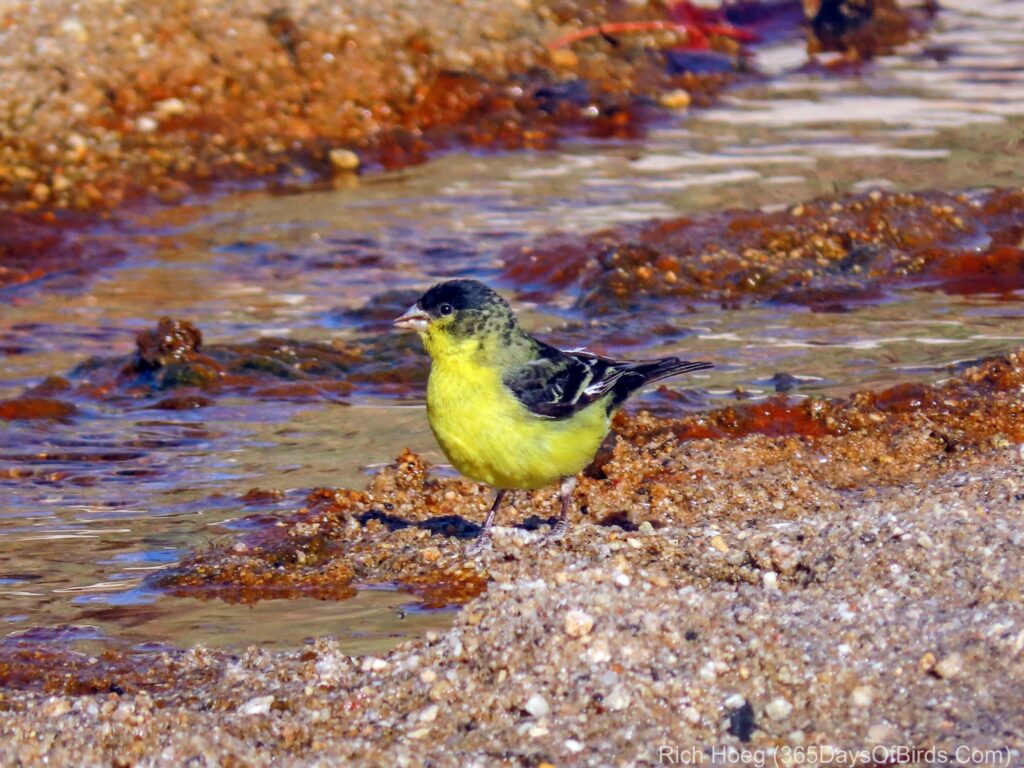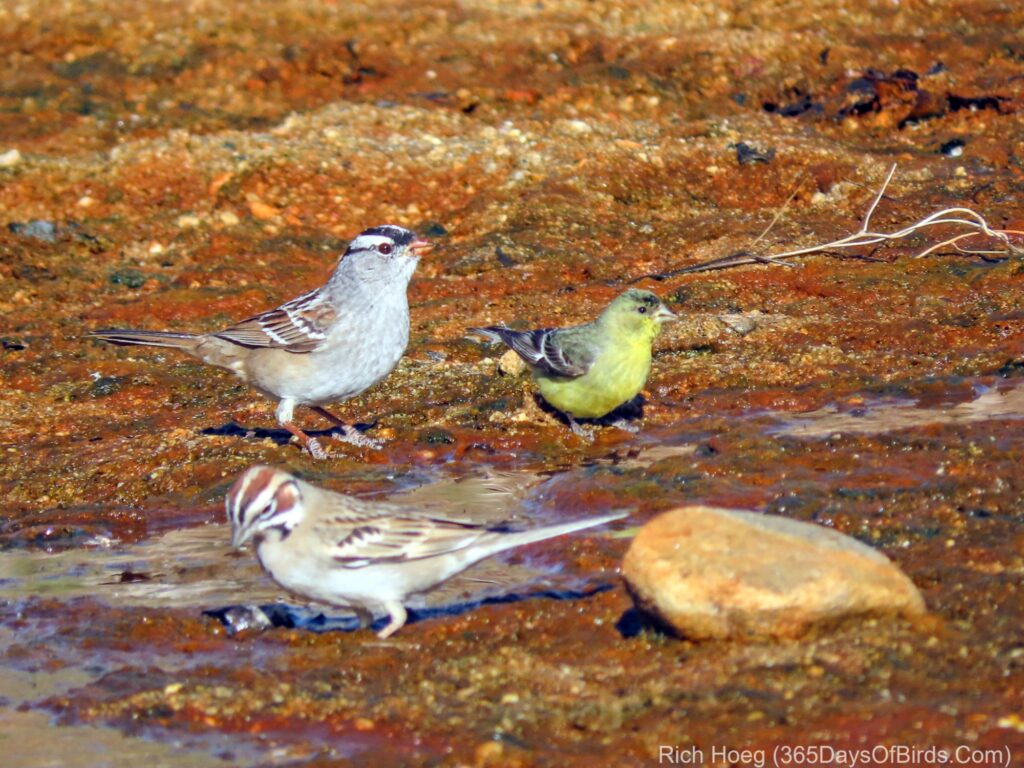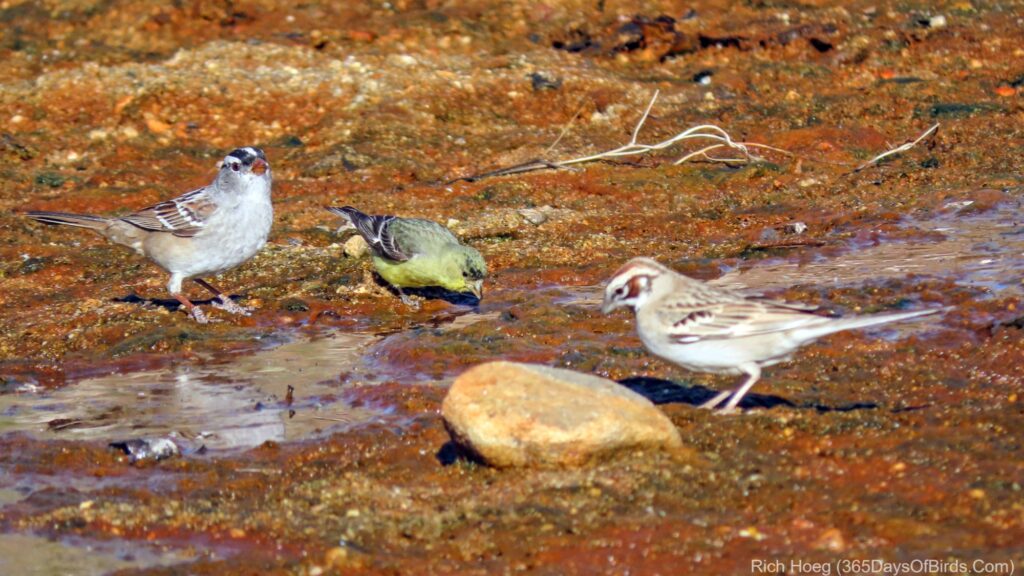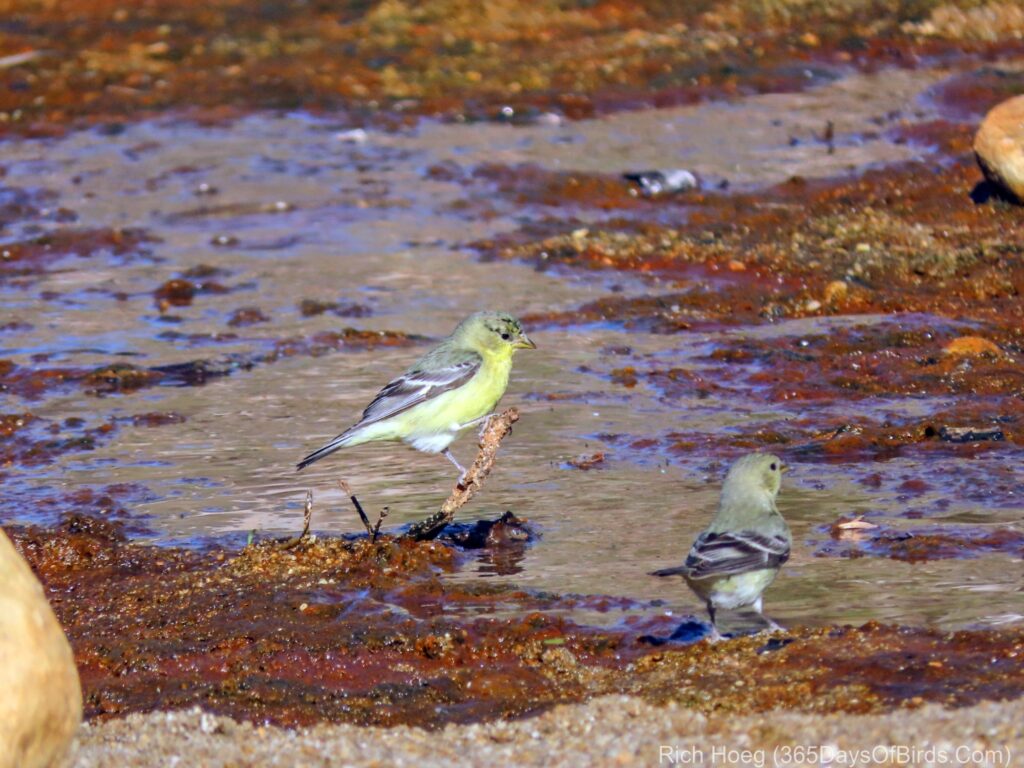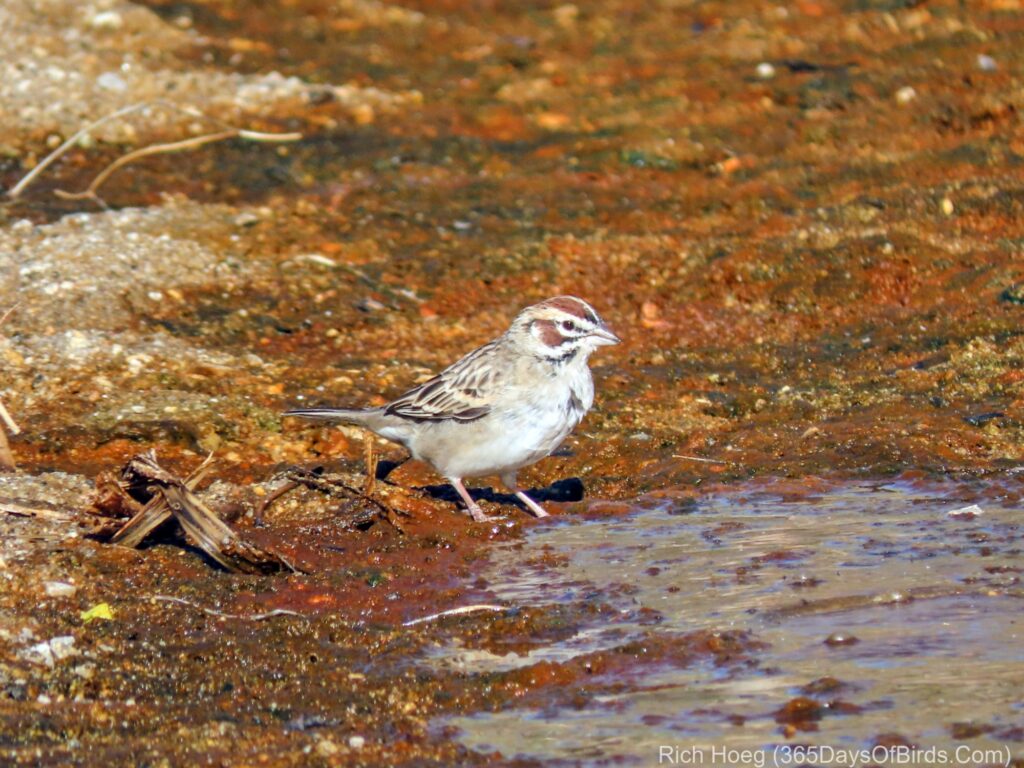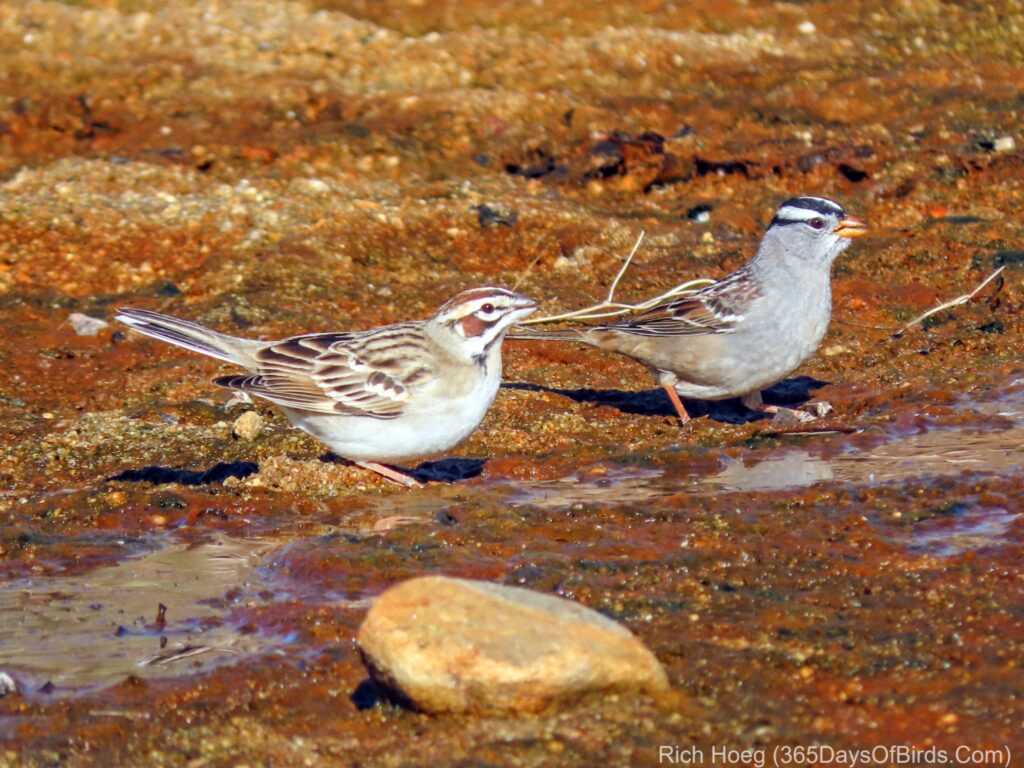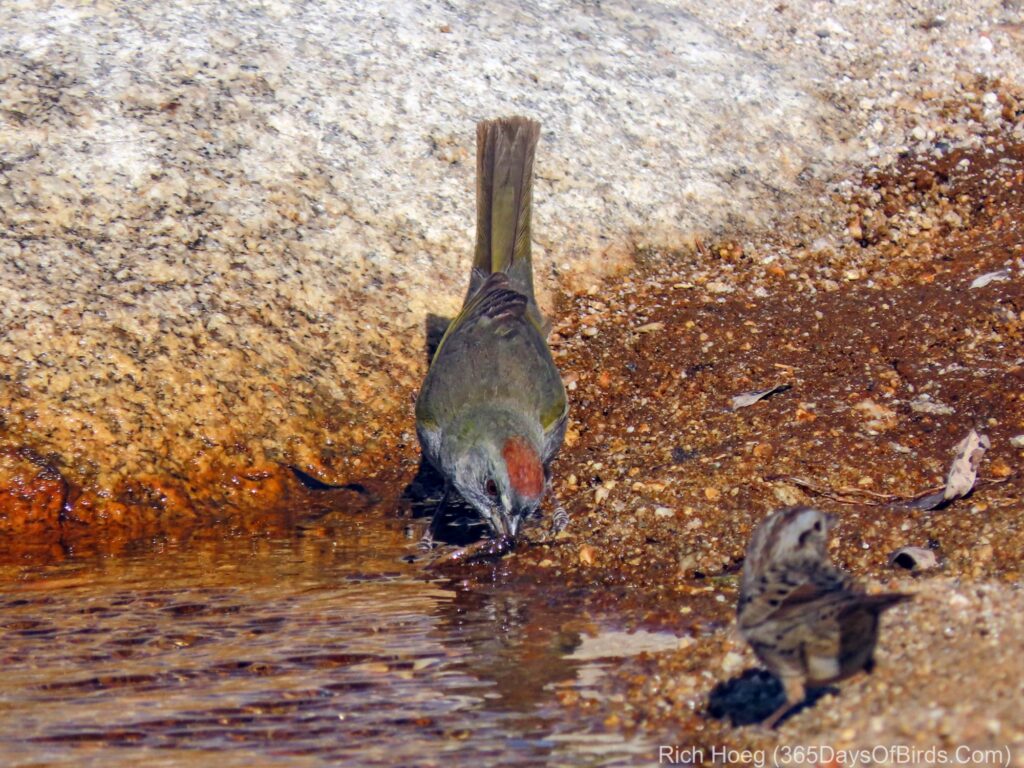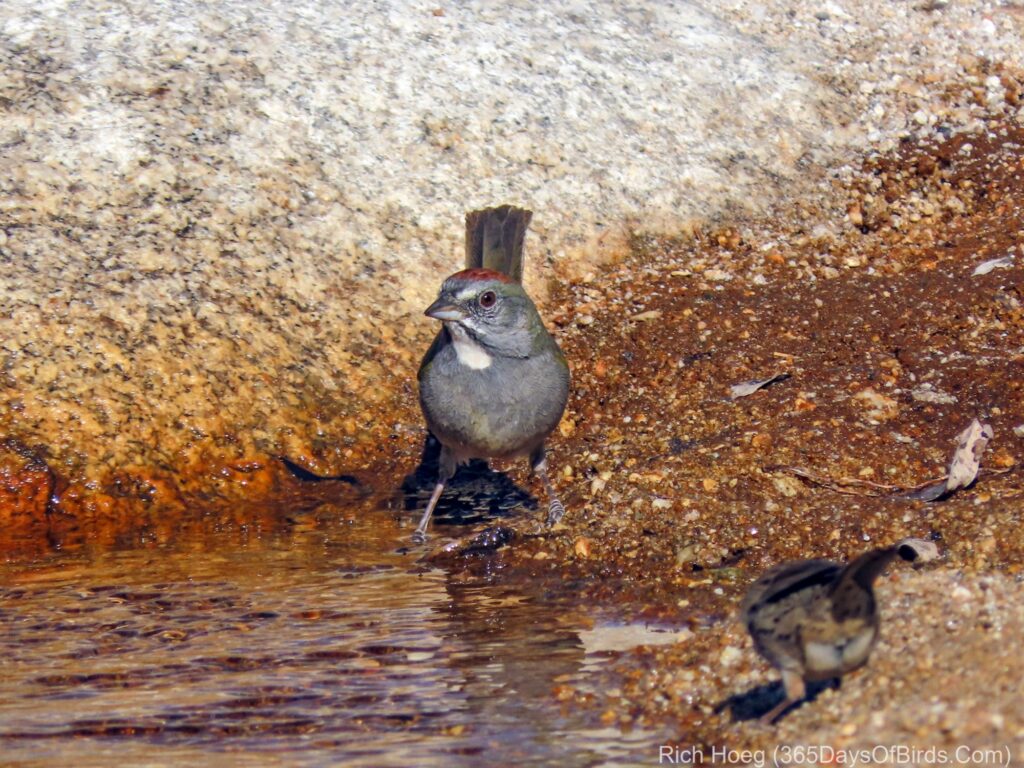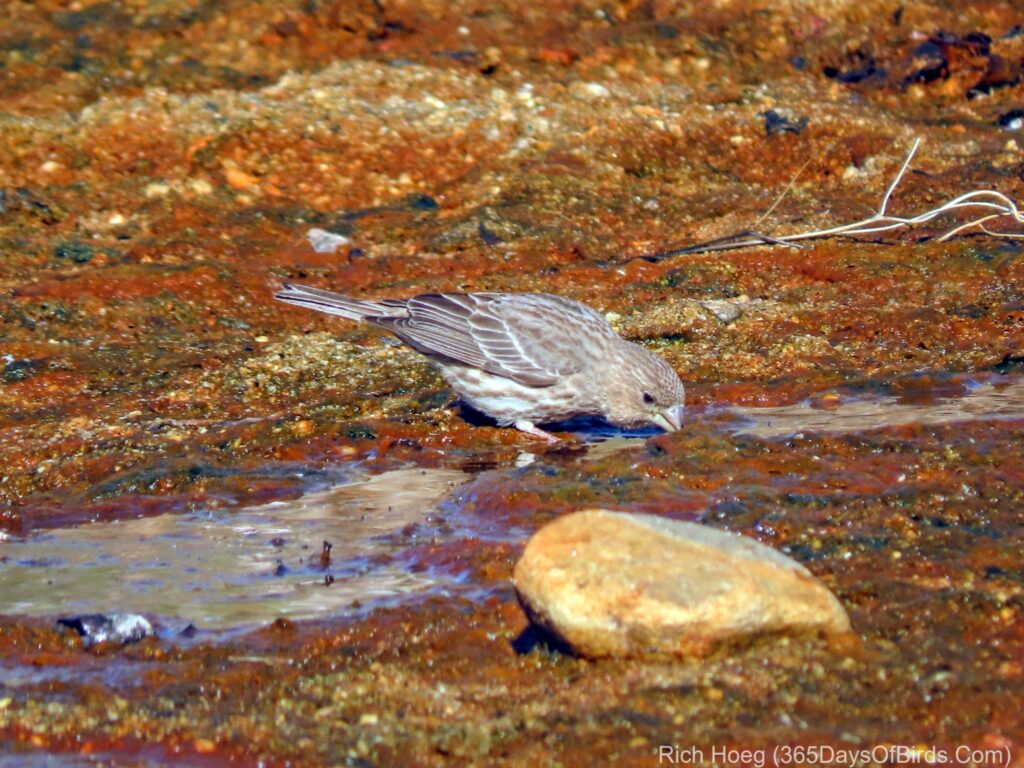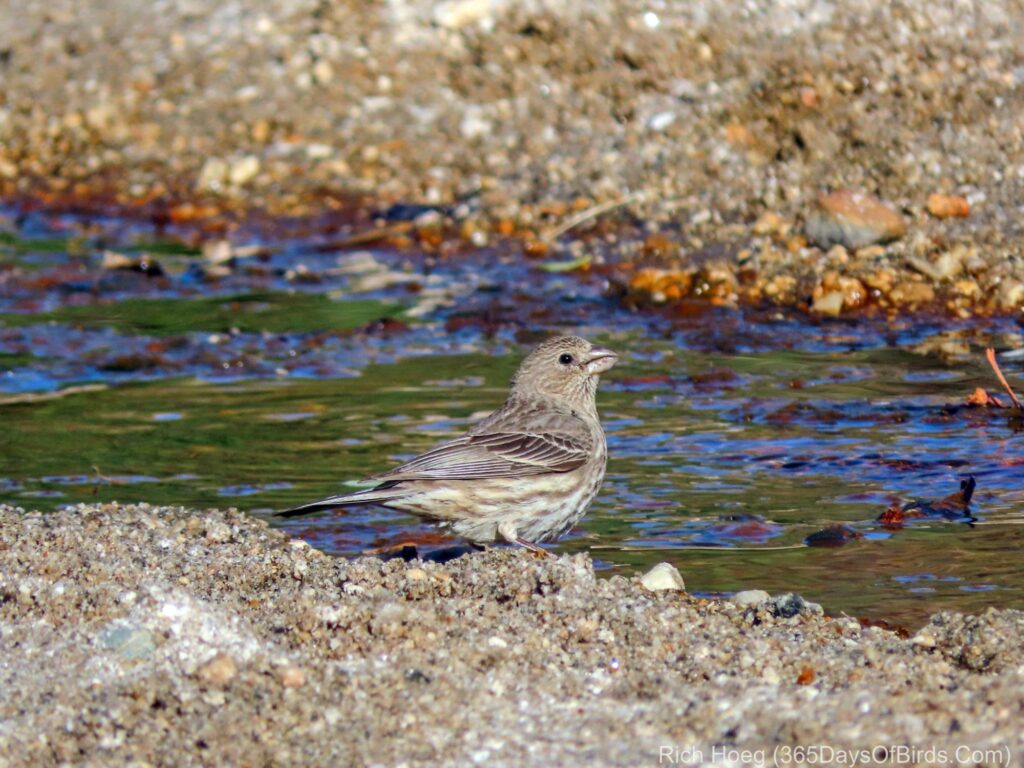How many of you take the road less travelled? Molly and I just spent the past 5+ days driving home from Tucson to Duluth. While this drive could have been accomplished in three days via the Interstate Highway System, we chose to use local roads and see America. The first part of our journey was driving north through the desert from Tucson to Moab, Utah. This route also forced us to angle NE across Nebraska. My only comment about the Great Plains of Nebraska … they are not very flat!
For our first night we stopped at Chinle, Arizona on the Navajo Nation. We did not want the HUGE crowds found at the Grand Canyon and thus decided to visit Arizona’s other canyon, Canyon de Chelly National Monument . At sunrise the next morning we had the canyon 100% to ourselves (Easter Weekend of 2022). We visited three overlooks at sunrise and took small hikes. We never saw another person or car! The beauty was breathtaking as it was peaceful.
Canyon de Chelly at Sunrise (video link for email subscribers)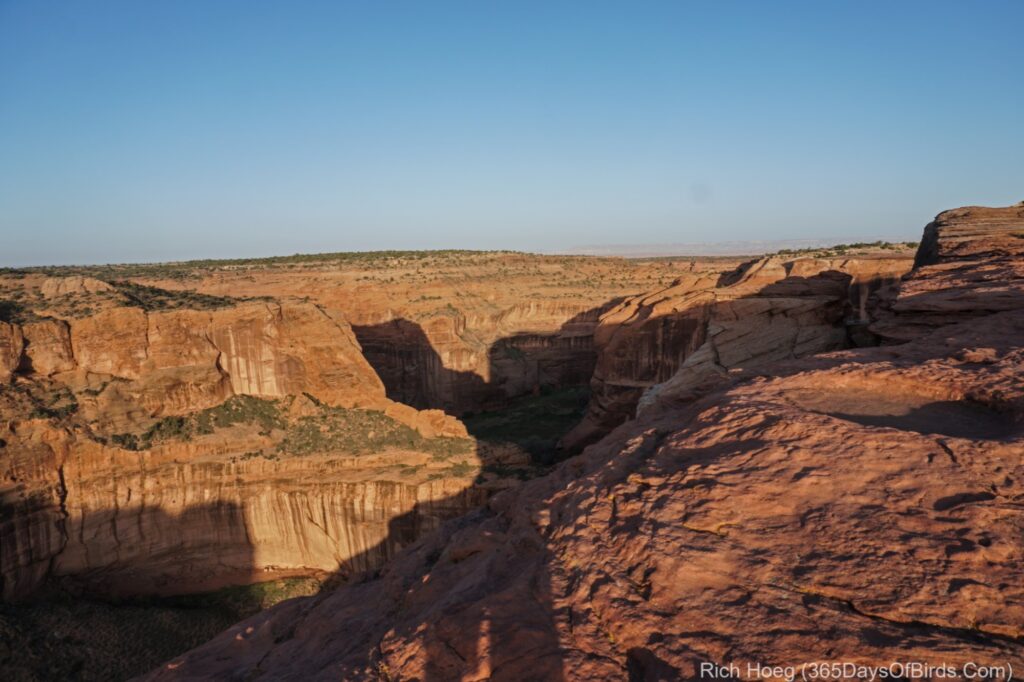
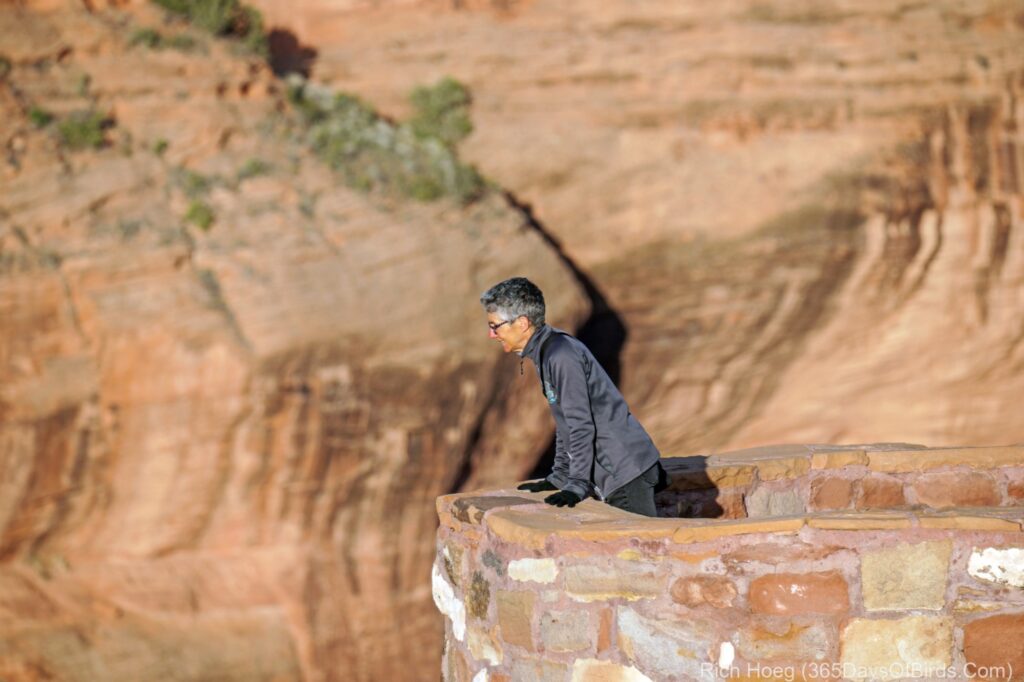
Pueblo Ruins at Canyon de Chelly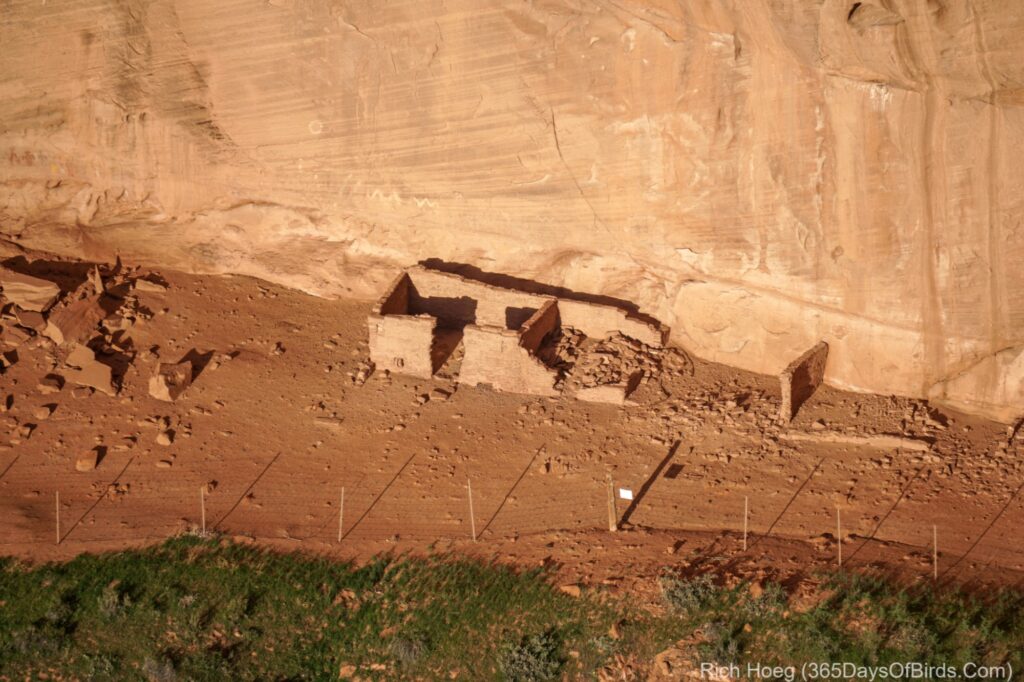
Moving on from Chinle we were amazed to find the desert in full bloom. Purple and red flowers were everywhere at higher elevations.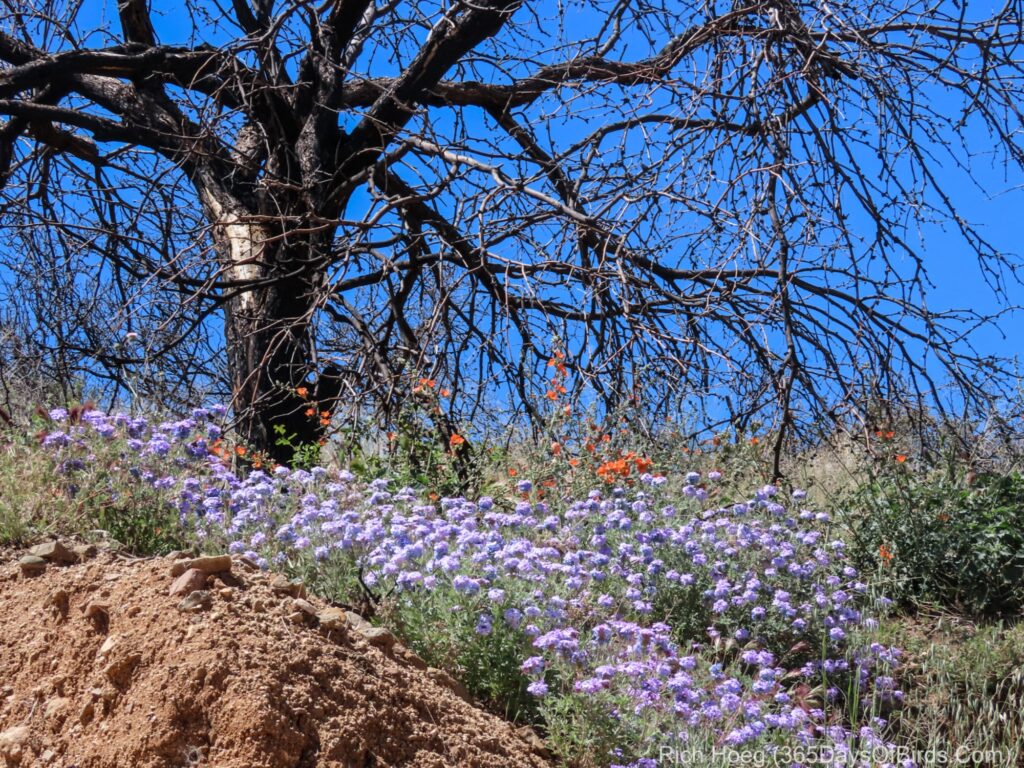
Once we reached the Moab, Utah area we did rediscover people, but the beauty was still breaktaking. The first image is from Arches National Park, and the second photo I took while hiking a few minutes before sunset.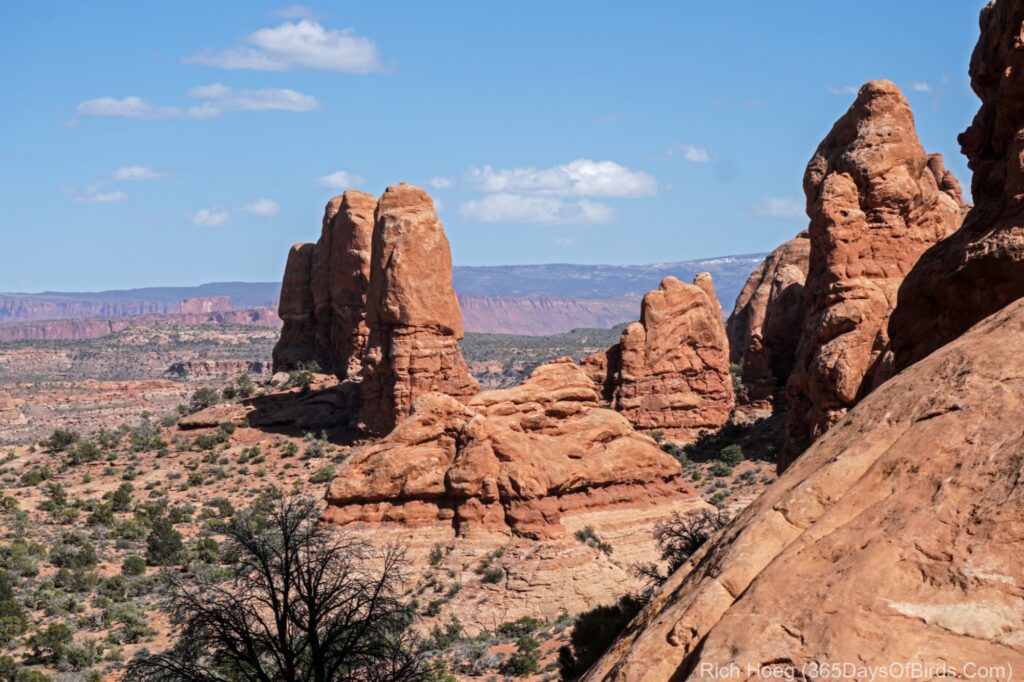
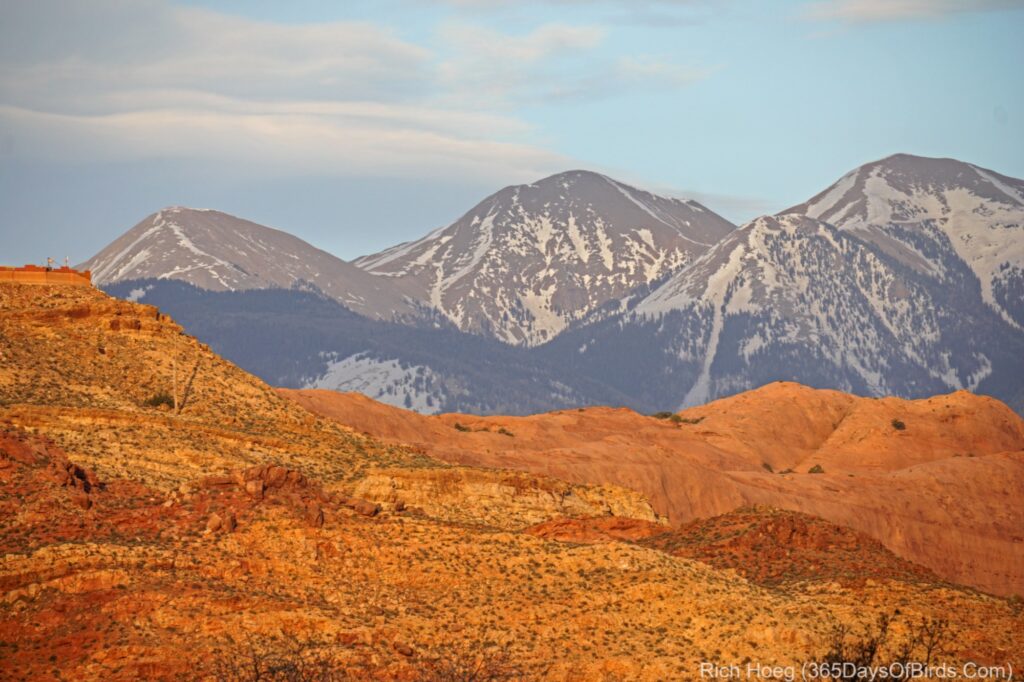
The morning we left Tucson I did photograph a bird … this House Sparrow! Somehow finding a house sparrow nesting in a cactus was different for this northern Minnesota boy.